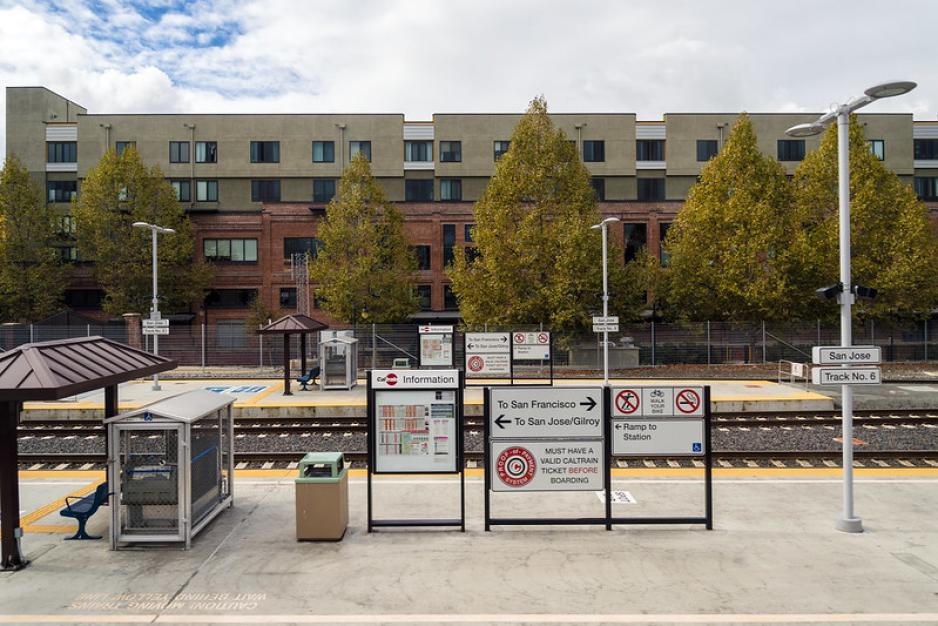Transportation demand management (TDM) policies at the state, regional, and municipal level are becoming more prevalent. These policies provide regulations and guidance to formally institute TDM practices in the development review process.
Policies include:
- Encourage focused residential and commercial development along high frequency transit corridors through land use planning.
- Encourage land use and growth patterns that facilitate transit and active transportation.
- Focus TDM policies that favor higher density, mixed-use development near transit.
- Plan for transportation efficient development and include TDM policies and strategies in long-range plans such as General Plans, Climate Action Plans, and Greenhouse Gas Reduction Programs.
- Promote the adoption of new or updated TDM ordinances at the local level, as well as the inclusion of TDM elements in specific plans, area plans and new development project approvals.
- Address TDM directly through the development approval process. Require new developments to either participate in a transportation management association (TMA) or implement a site-specific TDM plan, along with monitoring, enforcement and data-sharing for the life cycle of that development.
Body
